Finding the right rucksack can make or break your adventure, so choosing the right one is an important decision to make. As part of our Back to Basics series, we've made a comprehensive guide breaking down which rucksack is best, the features of a rucksack, how to fit a rucksack and how to pack a rucksack for an adventure. Whether you're just getting started or looking to replace your old backpack, we have the knowledge to help find the perfect rucksack for you.
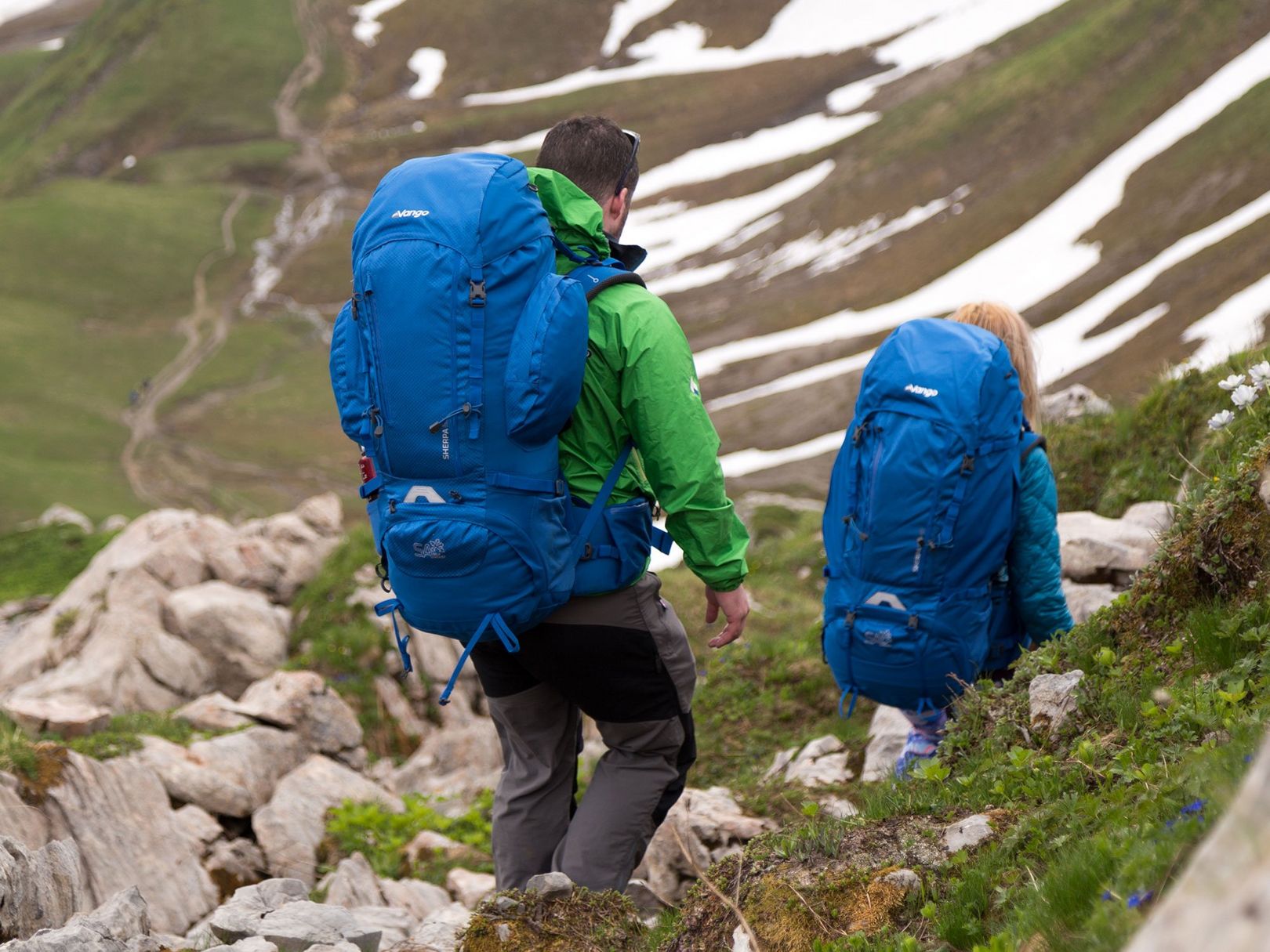
Types of Outdoor Packs
Daysack
Sized generally from 10 to 35 litres, a daysack is made for single day outings and designed to save on weight. They have practical features made for day hikes such as side pockets, walking pole holders and hydration sleeves. Because of the capacity limit, you’re less likely to have additional support features because the weight of the bag won’t be too heavy. It’s still common to find a chest strap and hip belt, but these are more to help with balancing the pack across your back.
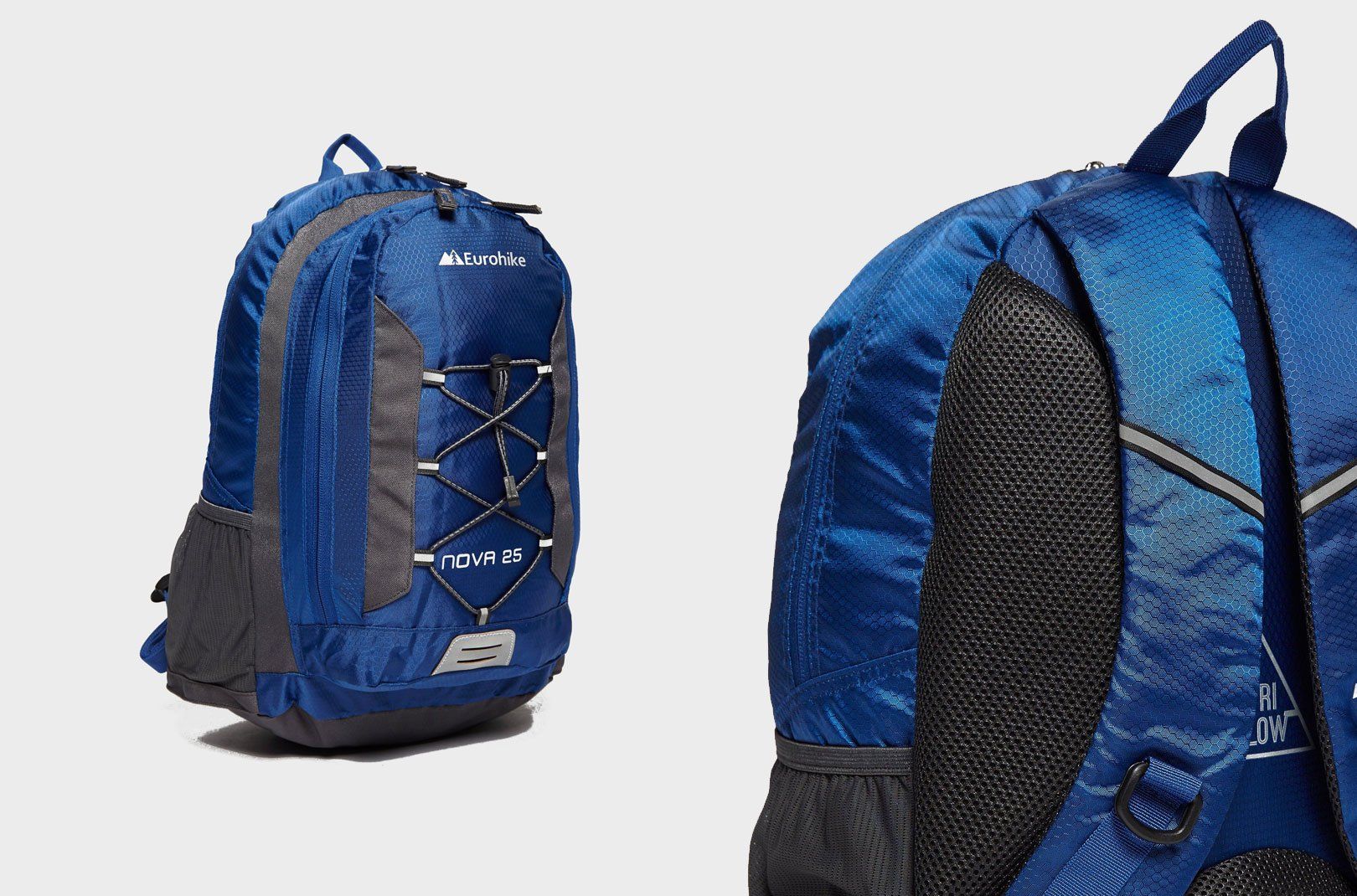
Rucksack
Made for multi-day activities with a capacity of anywhere between 40 to 80 litres, outdoor rucksacks are best suited for longer hikes or spending multiple days outdoors, such as at a festival. When you need to carry heavier and bulky items, rucksacks have an internal frame to help evenly distribute the weight across the pack, as well as an adjustable back system to improve comfort while carrying and provide the perfect fit for you. A lot of rucksacks also feature compression straps to help stabilise and balance the bag on your back, as well as help when packing.
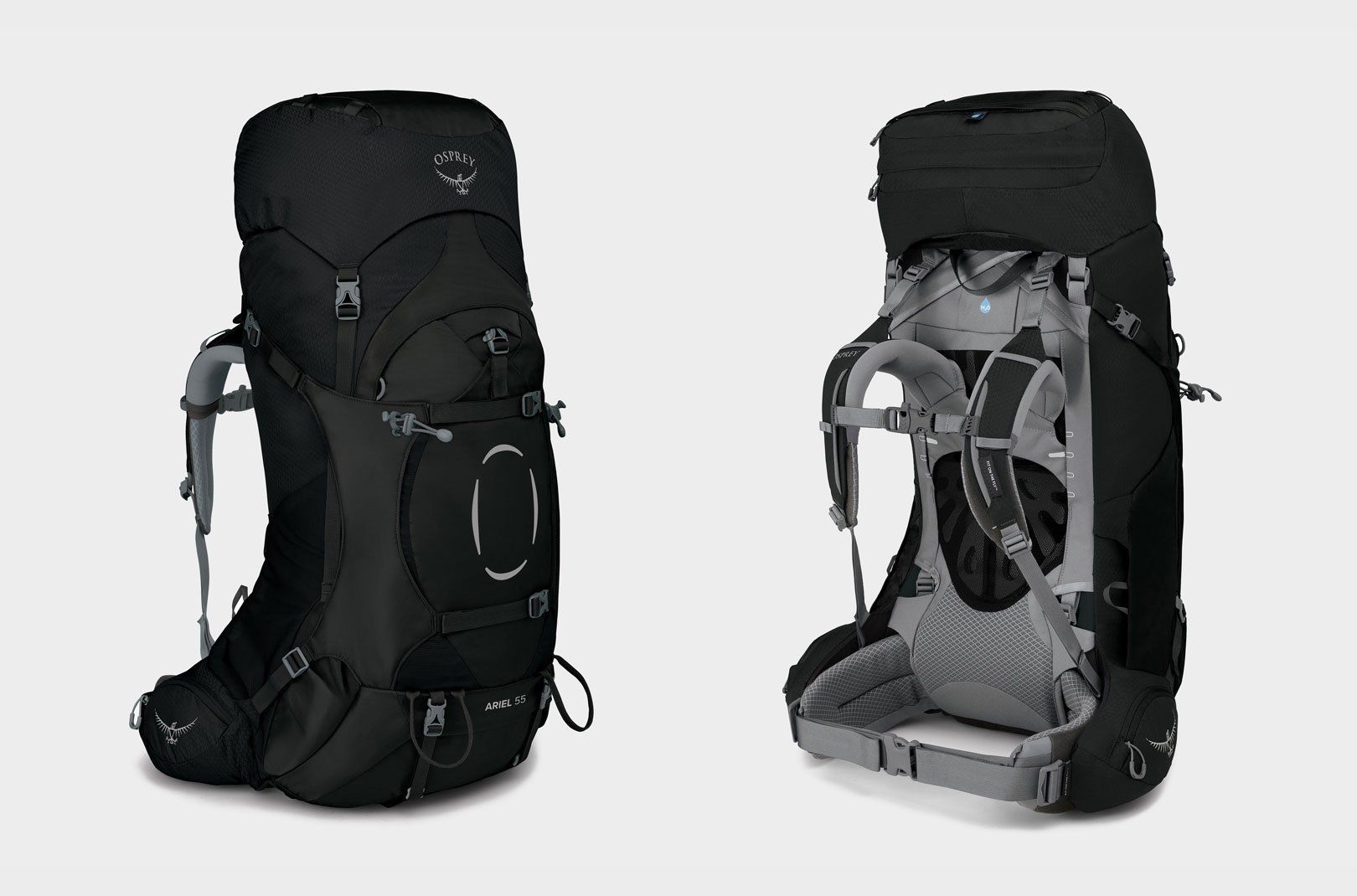
Travel Pack
A travel pack is perfect for those off to the airport to start their adventures or are planning to travel across the globe. Their main panel access point will open similar to a suitcase, making packing and unpacking easier. Travel bags often have concealed back systems meaning you can stow them away for an airport friendly pack. You will also find that travel bags have attachment points to hold a daysack, ideal for detaching your carry-on pack to go through security, or for when you’ve left your main bag at the hotel or hostel and need a day bag to go out exploring with. Some brands also offer wheeled versions of their packs that make moving around cities and airports even easier.
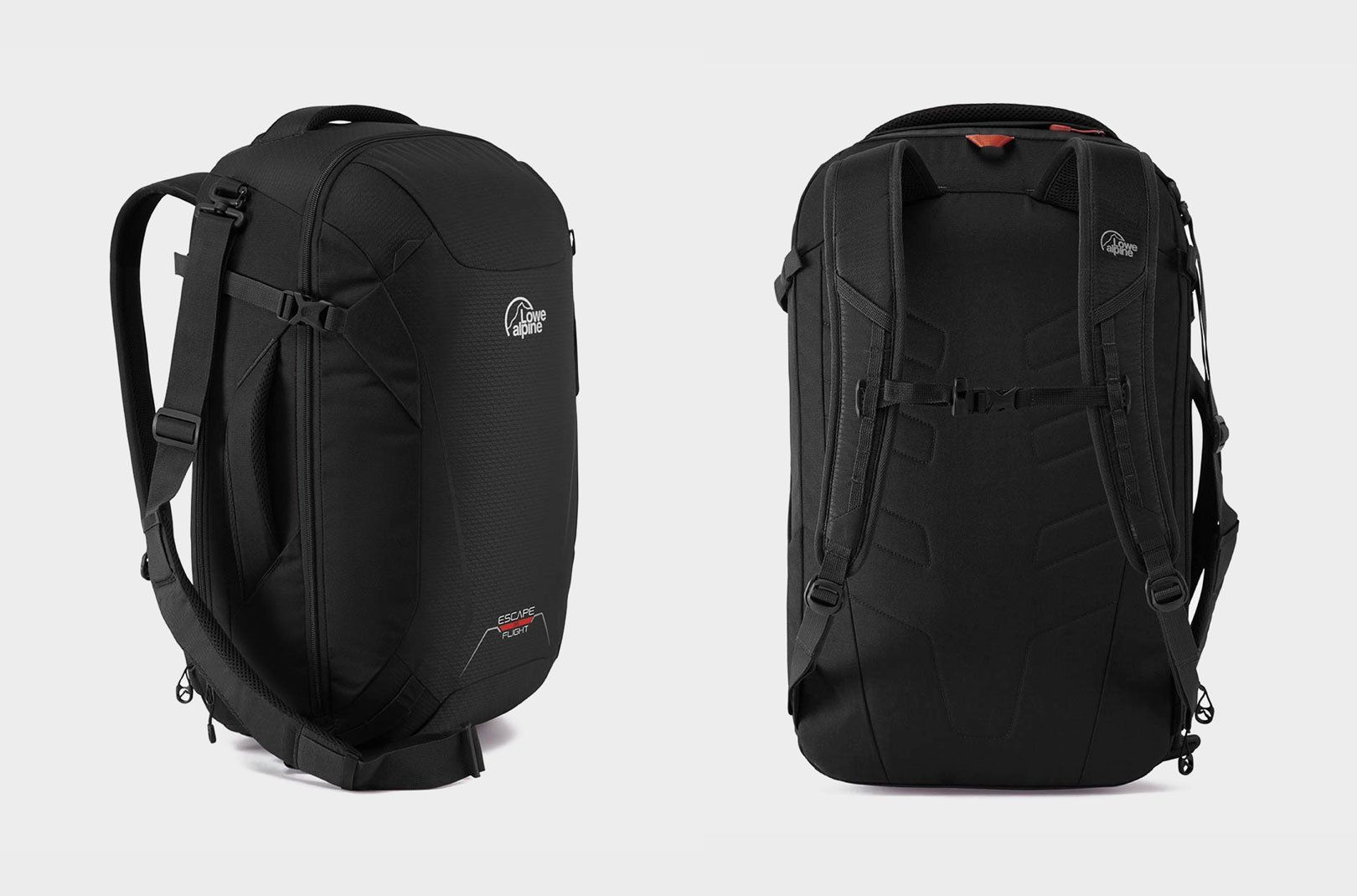
Rucksack Features
- Lid – Lids will often include a zipped pocket to easily access important and fragile essentials that you will need frequently. Some lids are also removable which can save on space and weight.
- Zipped front panel – This feature is becoming popular with rucksacks now, letting you access the main compartment of the bag without having to take the rucksack off.
- Elastic pockets or bindings – Best for storing either waterproof jackets or an insulated jacket for when the weather is quick to change to protect yourself.
- Sleeping Bag compartment – An internal divider in the main compartment that helps separate big bulky items such as a sleeping bag but can also be removed.
- Additional strapping – Adjustable straps on the outside on the rucksack are useful for lashing down any additional gear, such as a foam roll mat.
- Hip belt pockets – Quick-access pockets which are great for storing snacks and your phone.
- Compression straps – These straps will be able to keep the load stable by tightening the straps and you can also reduce the pack volume as well.
- Walking pole attachment points – hook and loop closure points at the sides, letting you attach walking poles without taking off the rucksack.
- Rain cover – At the bottom of the rucksack there is a zipped compartment which stores a rain cover which can be pulled over the rucksack when the rain starts.
- Attachment point for a daysack – Only with Travel Packs you can attach a compatible daysack to the pack making it easy to carry everything all in one.
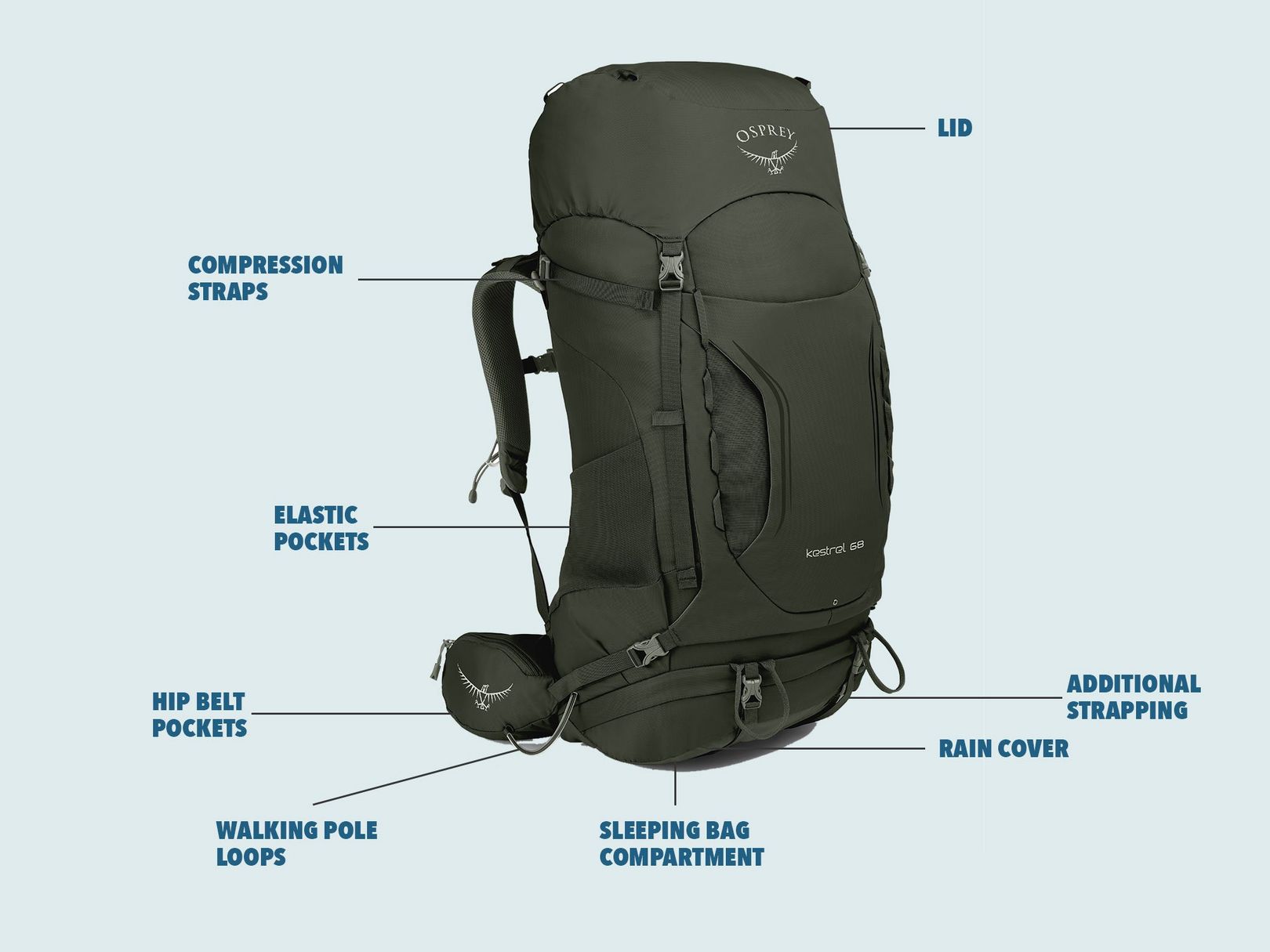
Backpacks for Women
There’s a wide a range of comfortable and stylish rucksacks for women available, designed to optimise comfort for women specifically. For example, the shape and position of the bag and the harness straps form an 'S' shape, which moves the straps away from common pressure points for women. The hip straps on a ladies’ backpack will also sit higher on the hips giving better support, whilst the back height of these bags are shorter to accommodate a smaller size.

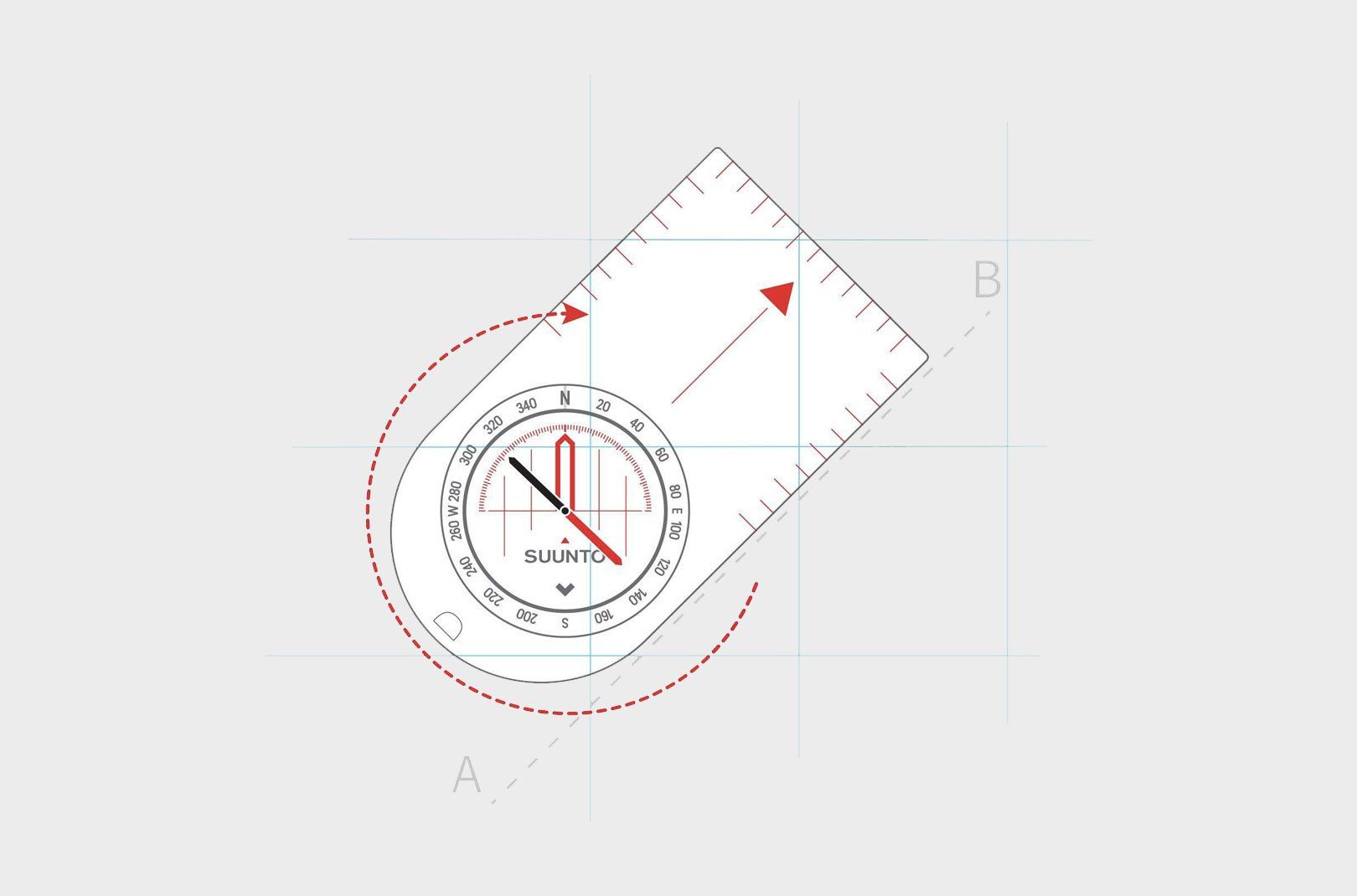
How to Fit Your Rucksack Correctly
Having a rucksack that is correctly fitted will help to distribute the weight of the pack evenly, moving the weight closer to your legs and letting the strongest muscles deal with the carrying. Fitting a rucksack is a much easier job than you might think, just follow the steps below on how to fit a backpack comfortably.
- Step 1: Add a little bit of weight to the back just enough to feel it on your back. Take care not to overload the pack.
- Step 2: Adjust the bag’s torso length. Rucksacks have a sliding harness, move the harness so it matches your back length. This should ensure there is no gap between your back and the pack, helping you to stay comfortable and maintain a proper posture. If you see any gap, adjust the back length until it’s resolved.
- Step 3: Tighten the hip belt. Once on your back, the first thing you want to adjust is the hip belt. The hip belt is important for evenly distributing the weight across your legs and lower lumbar, moving the weight away from your shoulders and arms. Position the hipbelt over the upper half of your pelvis for the most comfortable fit.
- Step 4: Adjust the load lifters (the straps that connect the main body to the shoulder straps). You want to pull these towards yourself, so the pack runs straight down your back keeping the weight close to your centre of gravity.
- Step 5: Clip the sternum strap. The last step is to fasten the sternum (chest) strap, this will pull the shoulder straps away from the sensitive areas where lots of blood vessels and nerves are, which helps to prevent numb and tingling fingers. Be sure not to tighten it too much, otherwise you’ll constrict your diaphragm which will make breathing harder – something you especially don’t want if you’re going on a hike!
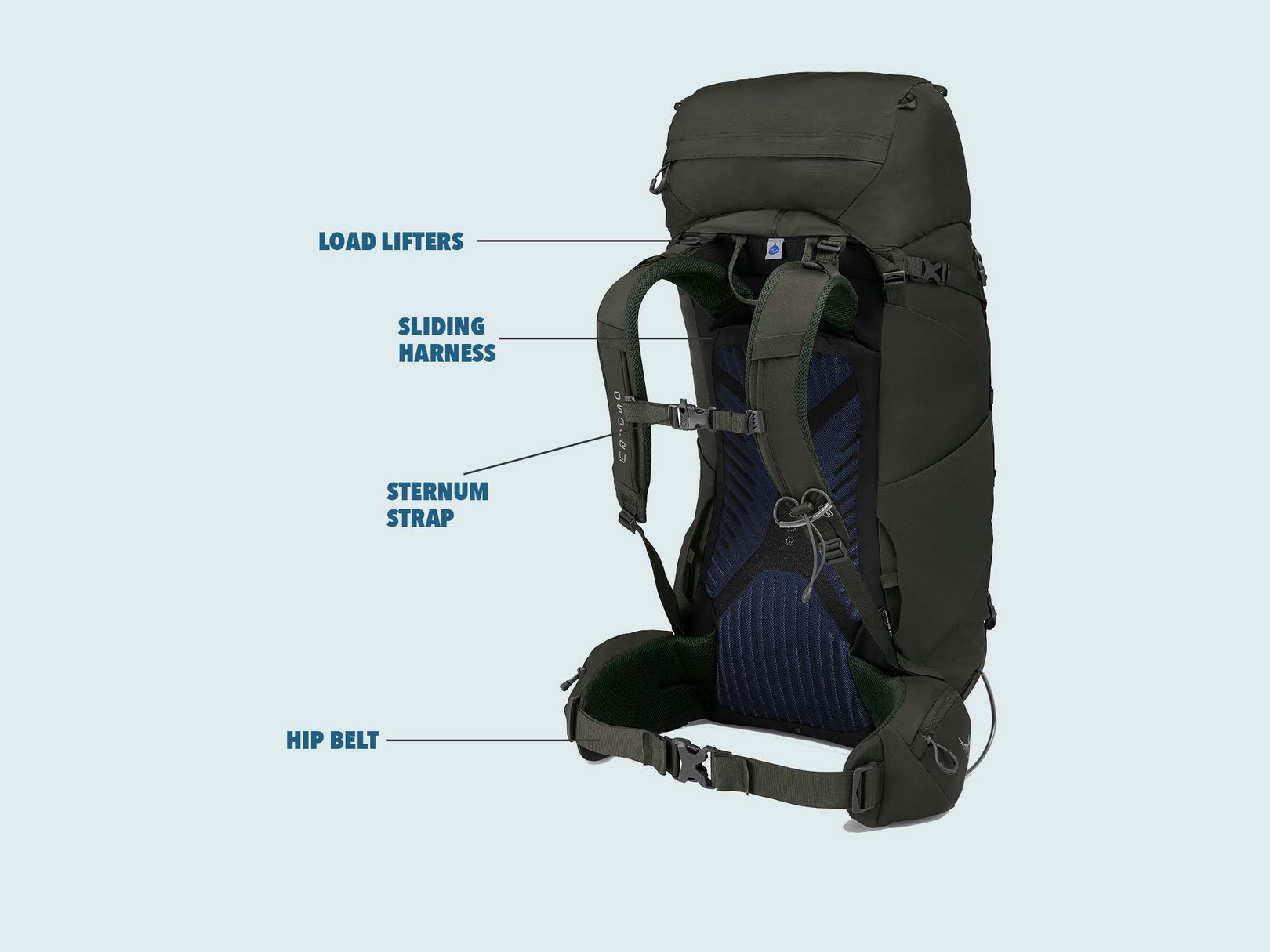
How to Pack a Rucksack
Packing a rucksack can seem like a game of Tetris trying to make everything fit in, but all you need to bear in mind is the important gear at the top and less important/bulky items at the bottom. Now this can be extremely subjective everyone prioritises differently, below is an image advising the best way to prioritise your packing.

Easy access compartment
Packing a rucksack can seem like a game of Tetris trying to make everything fit in, but all you need to bear in mind is the important gear at the top and less important/bulky items at the bottom. Now this can be extremely subjective everyone prioritises differently, below is an image advising the best way to prioritise your packing.
Quick access side pockets
The quick access side pockets are perfect for storing items that you will likely want regular access to, such as a water bottle, snacks, map and compass. You will be able to reach these items without having to take the bag off.
Main compartment
Here is where you’ll store gear such as clothes, food and parts of a tent if you’re planning on camping. You want to pack some of the heaviest items here so it can sit closest to your back for the best weight distribution for comfortable carrying.
Sleeping compartment
As the name suggests, this were you store all your sleeping gear. They are normally bulky items that are best stored at the bottom when packing because you only need this gear when you're going to sleep. Rucksacks also have a bottom zip compartment so you can access the main compartment from both sides and grab hold of your gear quickly.
So whether you’re a walking newbie, experienced hiker or aging adventurer, there’s a rucksack for everyone to suit your size, style and activity. Discover your newest essential travel companion with our huge selection of rucksacks, daypacks and travel bags right here at Millets.

